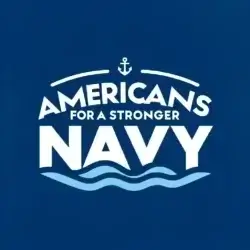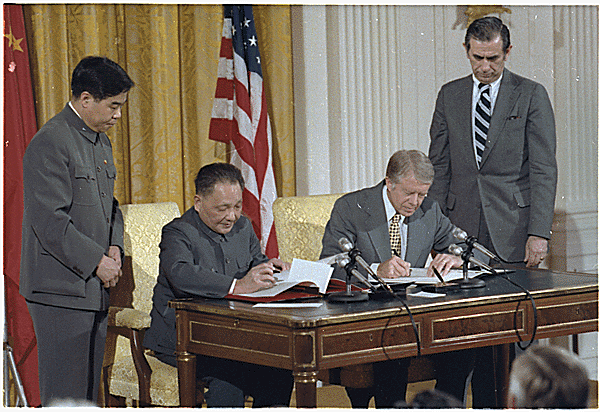
Introduction
This week, we saw confirmation of what we’ve feared—and been warning about—for over 18 months: America’s digital defenses have been compromised, and it’s our Navy that’s left exposed.
According to Politico, a sweeping cyberattack has been launched by at least three Chinese state-linked hacking groups: Violet Typhoon, Linen Typhoon, and Storm-2603.
Their target? Microsoft’s SharePoint servers—used widely across the federal government, including DoD and Navy-linked systems.
Microsoft, in a Tuesday blog post, acknowledged the severity of the breach. Independent security experts at Mandiant and Censys corroborated the finding: more than 100 organizations globally are believed to be affected—including multiple U.S. federal agencies, some tied to national defense.
The flaw? An unpatched vulnerability in Microsoft’s on-premise SharePoint product.
The result? Remote access into sensitive systems.
The fallout? Still spreading.
And it’s not the first time. In 2023, Chinese actors breached the emails of the U.S. Ambassador to China and the Commerce Secretary, also by exploiting Microsoft misconfigurations. It’s a pattern—and one we can no longer afford to ignore.
Why Americans Should Care
Here’s the hard truth: this breach is a symptom of a larger failure—one that involves the defense-industrial complex, Big Tech, and complacency at the highest levels of oversight.
- Pentagon systems supported by China-based engineers
- Software flaws ignored or inadequately patched
- Critical U.S. infrastructure reliant on foreign nationals in adversarial countries
And now? The U.S. Navy, tasked with protecting global stability, must operate with compromised tools—while companies like Microsoft continue to make billions from government contracts.
It’s not just bad policy. It’s a national security liability.
Implications for the Navy
- SharePoint vulnerabilities can compromise logistics, intel coordination, and real-time decision-making.
- At least two Navy-related systems are believed to be among the dozens affected.
- The breach arrives as the Navy pushes toward a critical readiness benchmark.
Acting Chief of Naval Operations Admiral James Kilby put it plainly:
“We must exercise strategic discipline, increase surge readiness, and protect scheduled maintenance. Our goal is to achieve an 80% combat-surge ready posture by 2027. We are currently at 60% readiness—and that gap is unacceptable.”
The Navy wants to prevent war, not provoke it. But readiness is the only deterrent adversaries understand. And right now, we are dangerously behind.
My Message: Fix, Educate, Mobilize
I’m not writing this to indict. I’m writing to fix and educate.
This crisis has serious implications. The threats are real. And the probability of conflict is rising.
I don’t believe in fear-mongering—but I do believe in calling things by their name. What we are seeing—again—is a system-wide breakdown in how we protect the digital backbone of our military.
This is what I’ve been shouting about for 18 months. Not because I enjoy sounding the alarm—but because someone must.
The taxpayers are left holding the bill.
The sons and daughters of those I served with are left to face the danger.
And the Navy is left to grovel for support to do what only they can—protect this nation at sea and abroad.
What We’re Doing About It
That’s why I launched Americans for a Stronger Navy—to demand accountability, readiness, and real reform.
And that’s why we’re rolling out:
Charting the Course: Voices That Matter—a 24-part educational series exploring:
- The outsourcing of our military tech infrastructure
- The erosion of our domestic workforce
- The choke points in our digital and maritime defenses
- Concrete ways to fix what’s broken
We’ll spotlight reforms in procurement, workforce development, public-private partnerships, and cybersecurity strategy.
Because the tech sector is culpable—and I call on them now to help us fix this. They helped get us into this mess. They must help get us out.
Final Word
- Big Tech failed.
- Oversight failed.
- The Navy must now bear the consequences.
We’re not just talking about ships and steel—we’re talking about the servers, systems, and software that power warfighting in the 21st century.
And if we don’t wake up, the next war won’t wait.
👉 Join the movement at StrongerNavy.org
Support those who serve. Strengthen what they stand for.



